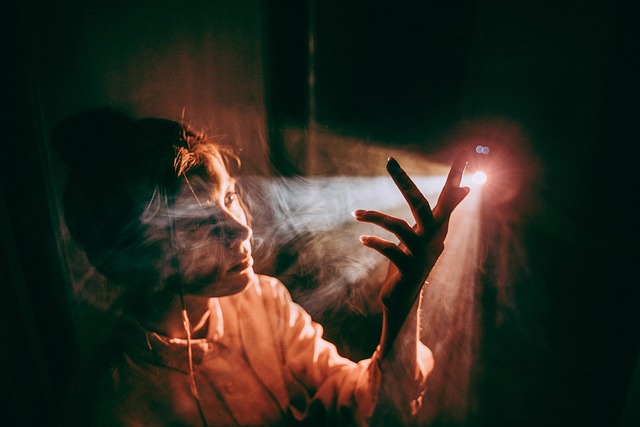In the world of photography, light and shadow go hand in hand, transforming everyday scenes into breathtaking images. As photographers, we often find ourselves enchanted by the interplay of shadows, that intangible element that adds depth and emotion to our photos. Understanding shadow and how it interacts with our camera’s optics can elevate our work from ordinary to extraordinary.
Shadows are not mere dark patches in a photograph; they are expressive elements that can convey mood and character. When sunlight filters through leaves, for instance, the resulting shadows can create intricate patterns that breathe life into an otherwise mundane scene. By experimenting with the positioning of our subjects and the angle of light, we invite shadows to dance across our frame, telling a story far beyond what the eye can see.
With the right camera settings, we can manipulate exposure to enhance these shadows. A wider aperture allows more light to hit the sensor, which can soften the harshness of the shadows, while a narrower aperture can amplify them, creating dramatic contrasts that draw the viewer in. Utilizing a low ISO setting in bright conditions can also help preserve detail in the shadow areas without introducing unwanted noise, ensuring that the art of shadow remains intact.
Exploring the nuances of shadows involves understanding our camera’s optics. The lens we choose affects how shadows are rendered. A prime lens often produces crisper edges and defined contrasts, emphasizing shadows more than a zoom lens might. Additionally, the focal length we select can alter the perspective and scale of shadows, making them appear larger or smaller, depending on our creative vision.
In landscape photography, shadows can serve as leading lines, guiding the viewer’s eye through the composition. The golden hour, shortly after sunrise or before sunset, presents a unique opportunity to capture elongated shadows that stretch dramatically across the land. Here, the warmth of the light juxtaposed with the coolness of the shadows creates a balanced harmony that captivates the senses.
In portrait photography, shadows can be used to accentuate facial features or evoke emotions. By positioning our subjects strategically in relation to the light source, we can craft enigmatic images that invite viewers to linger a moment longer. Dramatic shadows cast across the face can highlight textures and expressions, transforming a standard portrait into a compelling visual narrative.
As we delve into the art of shadow, it becomes evident that these dark elements are as important as the light itself. It’s a delicate balance, requiring practice and intuition. Embrace the imperfections that shadows may introduce; they often become the heart and soul of a photograph, echoing the human experience in all its complexities. So, whether you are exploring cityscapes, natural landscapes, or intimate portraits, remember to take a moment to observe the shadows around you. They are not just the absence of light, but rather a vital component in the artistry of photography.



